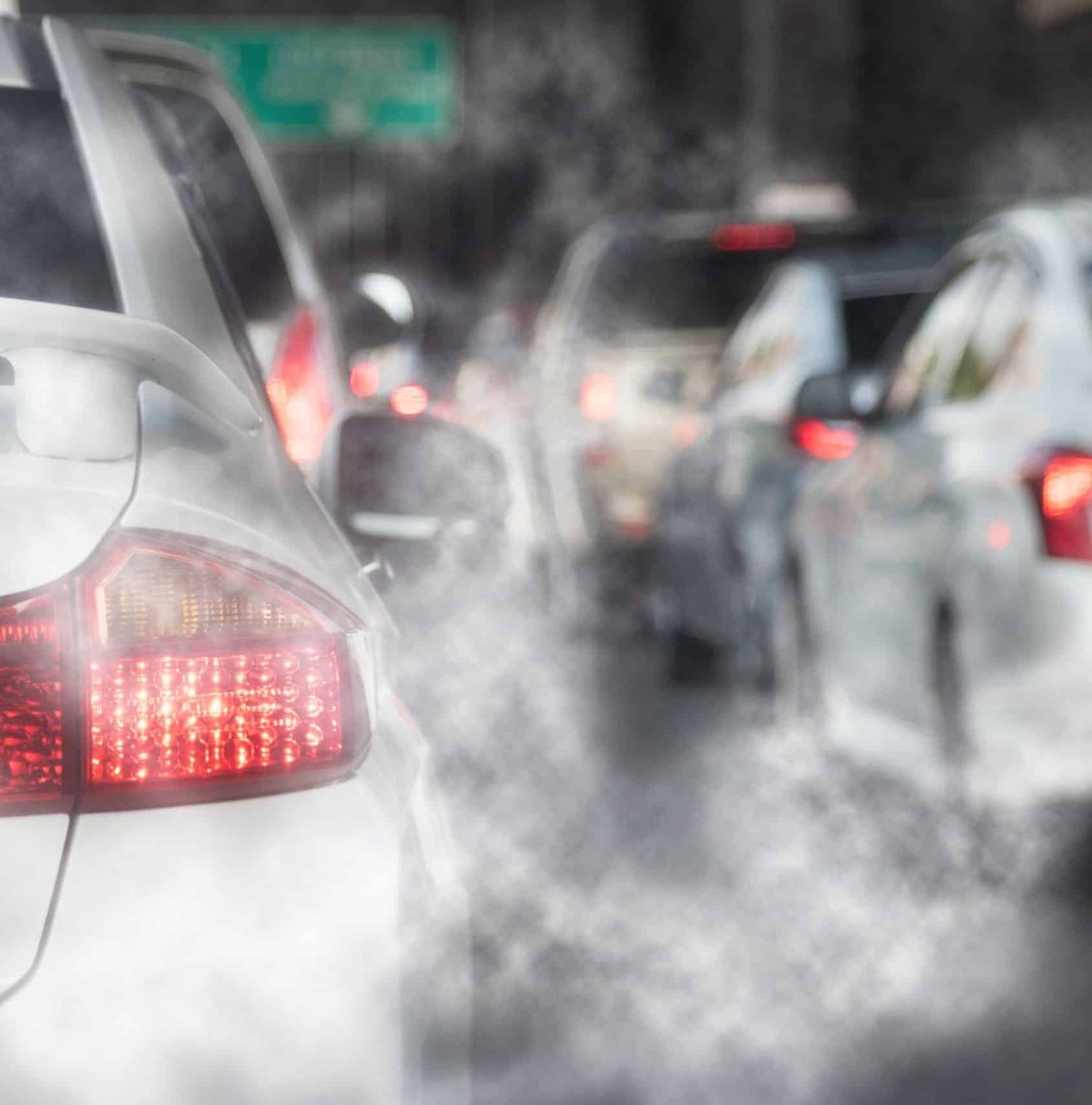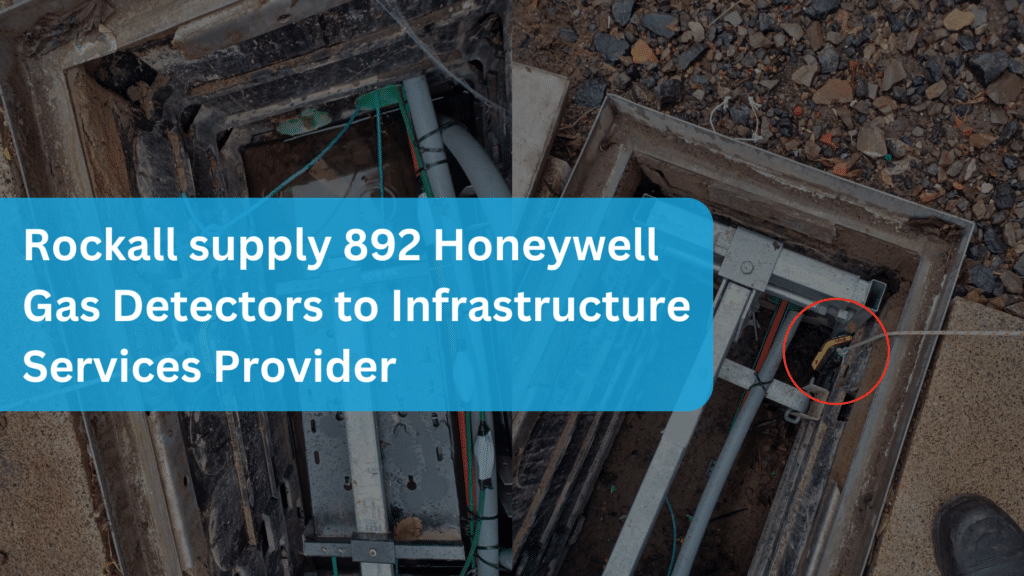
Gas Detection in Automotive Safety
Introduction of the industry
The automotive industry stands as a driving force of global economic activity, its innovations shaping the course of modern society. From the dawn of the internal combustion engine to the horizon of autonomous vehicles, automobiles have transformed transportation, fostering unparalleled mobility and economic opportunity. However, this progress has necessitated a critical re-evaluation of its environmental impact. Traditional gasoline-powered vehicles are a significant contributor to air pollution, emitting harmful pollutants that impact public health and contribute to climate change.
Emissions testing has emerged as a vital regulatory tool to address these environmental concerns. These rigorous assessments serve as a cornerstone of clean air initiatives, ensuring that vehicles adhere to increasingly stringent regulations designed to minimise their environmental footprint. This guide looks into the need for gas detection in the automotive industry, while its workers navigate new ways to test and limit the percentage of emissions being produced.
Key considerations regarding emissions testing include:
- Measurement of pollutants: These tests measure the amount of harmful emissions emanating from a vehicle’s exhaust, including:
- Carbon dioxide (CO2): A greenhouse gas contributing to global climate change.
- Nitrogen oxides (NOx): These irritate airways and contribute to smog formation.
- Hydrocarbons (HC): Unburned fuel contributing to smog.
- Regulatory compliance: Vehicles failing to meet established emission standards face restrictions on registration and operation.
- Technological development: Emissions testing programs incentivise car manufacturers to invest in cleaner technologies and improve vehicle efficiency.

The need for gas detection in automotive safety
Gas detection plays a critical role throughout the automotive industry life cycle, safeguarding both workers and the environment. Here’s a breakdown of its key applications:
Ensuring Worker Safety in Manufacturing
- Leak Detection: In manufacturing facilities, gas detection systems are vital for worker safety. They continuously monitor for leaks of flammable gases commonly used in production processes like welding (acetylene, oxygen), painting (volatile organic compounds), and heat treatment processes (natural gas). Uncontrolled leaks can create hazardous explosive atmospheres or pose suffocation risks from inert gases like nitrogen. Early detection allows for prompt mitigation, preventing accidents and protecting personnel.
- Maintaining Air Quality: Paint booths and other areas where hazardous materials are used can have elevated levels of airborne contaminants. Gas detection systems monitor these areas for exposure risks, ensuring workers breathe clean air and adhere to occupational safety regulations.
Safeguarding Service Bays and Repair Shops:
- Fuel System Safety: Service bays where gasoline, natural gas, or hydrogen-powered vehicles are serviced pose a potential fire and explosion hazard. Gas detection systems continuously monitor for leaks from fuel lines, tanks, and other components. This allows for immediate action to prevent accidents and protects service technicians.
- HVAC System Monitoring: Modern vehicles often have complex air conditioning systems that use refrigerants. Leaks of these refrigerants can be harmful to the environment and pose health risks. Gas detection systems can identify refrigerant leaks, allowing for proper repairs and responsible disposal.
Optimising Vehicle Performance and Emissions Control:
- Quality Control During Assembly: Leak detection plays a crucial role in ensuring a vehicle’s performance and environmental impact. Leak detection gases like helium or nitrogen are used during assembly to identify leaks in components like air conditioning systems or engine seals. This ensures proper functioning and prevents emissions of coolants or unburned fuel, leading to better fuel efficiency and lower overall emissions.
- Emissions Testing: As you previously mentioned, emissions testing programs are a cornerstone of clean air initiatives. These programs rely heavily on gas detection technology to measure the level of pollutants like carbon monoxide, hydrocarbons, and nitrogen oxides in a vehicle’s exhaust. This data determines whether a vehicle complies with regulations aimed at reducing air pollution and promoting a cleaner environment.
Main Gases in the Auto-Motive Industry
- Carbon Monoxide
- Nitrogen Oxides
- Hydrocarbons
- Particular Matters
- Greenhouse gases
- Carbon Dioxide
- VOCs
- Air Pollutants
Download our full industry guide for further information and recommended products!
[gravityform id="14" title="true" description="true" ajax="true"]




